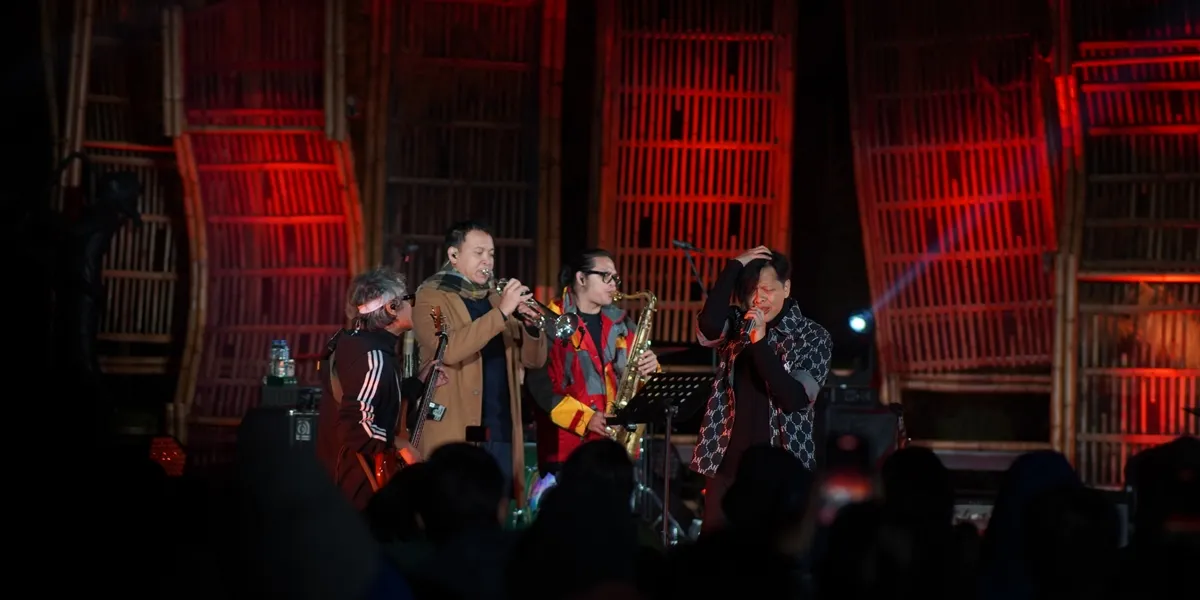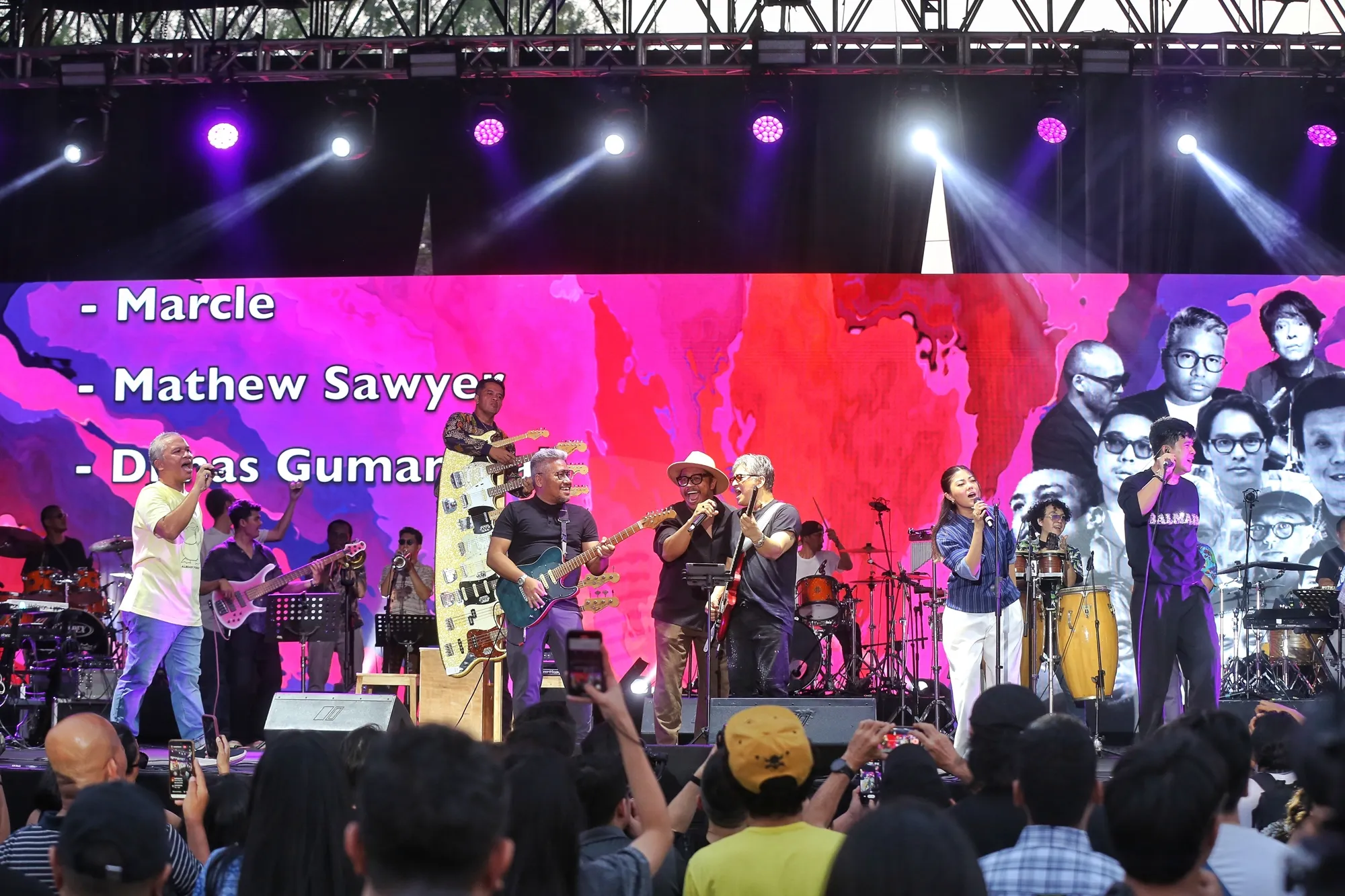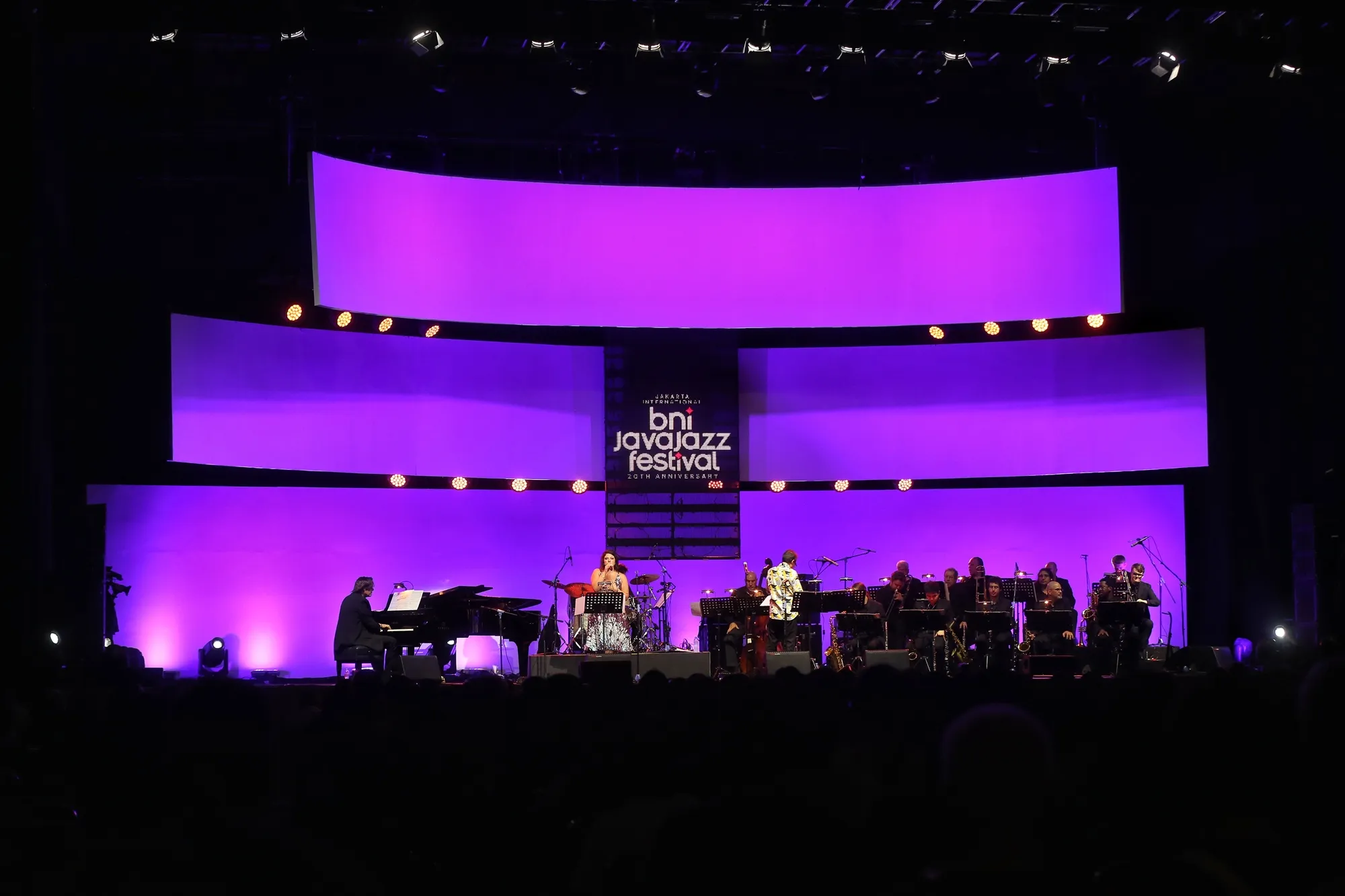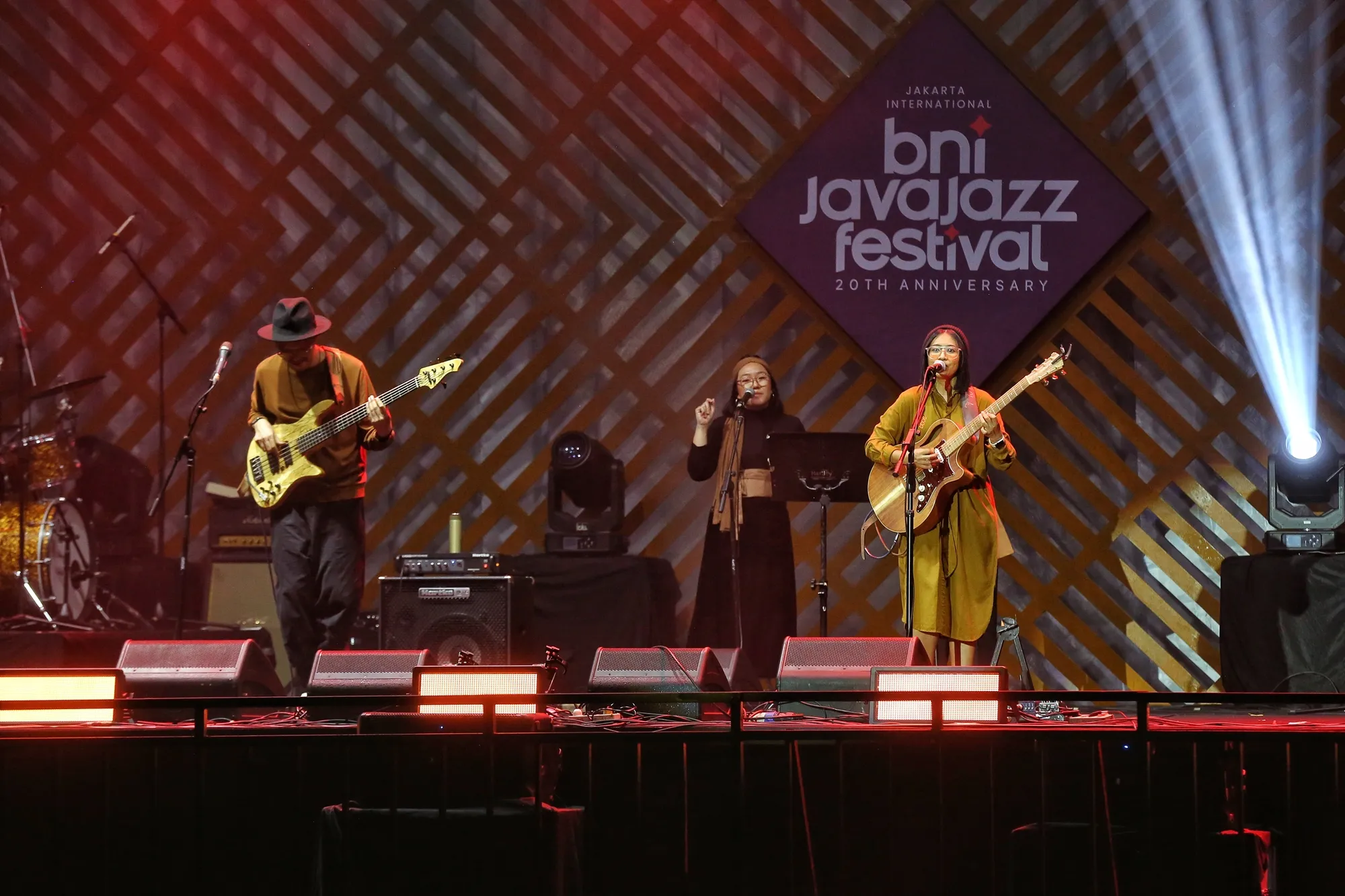Portrait of Rizky Billar Celebrating His Birthday with the Children of the Sayap Ibu Foundation
Rizky Billar celebrated his 30th birthday with the children of the Sayap Ibu Foundation. Check out more details below!

Kapanlagi.com - Jazz music, once considered elitist, has become increasingly inclusive over the past few decades, transforming into an event that reaches various circles. Jazz festivals in Indonesia no longer target only the "formal" community but open the stage for enthusiasts of all ages and backgrounds.
For instance, the Java Jazz Festival and Ngayogjazz position themselves as cultural events as well as tourist destinations, bridging local and global aspects within the framework of modern jazz music.
This phenomenon of inclusivity not only changes the way society consumes jazz but also encourages the revival of local communities. Events like Ngayogjazz, which are held for free in the village.
Ngayogjazz serves as a promotional medium for cultural wealth, creating a tangible local tourism economy. This festival helps village residents develop small businesses, adding value to areas that may have previously gone unnoticed by tourists.
Several major jazz festivals have emerged and spread to various regions such as Java Jazz, Jazz Gunung, Ngayogjazz, Jazz Goes to Campus, Prambanan Jazz, and others. Events like Java Jazz, which was first held in March 2005, have become one of the largest festivals in the southern equatorial region, featuring hundreds of local and international musicians.
In addition to Java Jazz, jazz festivals in areas like Jazz Gunung and Ngayogjazz enrich the national music ecosystem. Ngayogjazz, for instance, is held in villages and eliminates ticket fees, thus creating a community momentum to embrace and actively participate in jazz events.

Java Jazz 2025 © KapanLagi.com/Adrian Utama Putra
The abundance of Jazz Festivals has drawn criticism from several musicians, including Indra Lesmana. In 2022, he criticized the dominance of Pop musicians, instead of Jazz musicians.
"Creating a Jazz Festival must come with the responsibility to nurture and build the community of Jazz musicians and their fans," he wrote at the time.
In 2025, he again expressed similar criticism through a post on Instagram Story. “Fewer and fewer Jazz musicians are performing… Without Jazz, the Jazz festival loses its soul,” he wrote.
According to Indra, the trend of including pop musicians or other non-jazz genres as headliners makes the festival potentially misleading for the audience, erodes the visibility of true Jazz artists, and weakens the cultural identity of Indonesian Jazz.

Java Jazz 2025 © KapanLagi.com/Adrian Utama Putra
On the other hand, promoters like Anas Syahrul Alimi, the founder of Prambanan Jazz, defend the strategy of genre fusion. Anas cites major world festivals (North Sea, Montreux) that do similar things to celebrate the complexity of music and attract a broader audience.
According to Anas, featuring pop musicians is not a betrayal of jazz, but a technical necessity such as operations and crew compensation. He acknowledges commercial considerations as part of maintaining the festival's sustainability while still providing space for original Jazz genres.
Reactions to Indra's criticism also come from other artists like Endah Widiastuti (Endah N Rhesa). Endah offers free performance space at her venue, Earhouse. There, jazz musicians who find it difficult to perform at major festivals are given a platform. She hopes this initiative can serve as a bridge for jazz artists to obtain a stage without commercial pressure.

Java Jazz 2025 © KapanLagi.com/Adrian Utama Putra
Jazz festivals also have a significant economic impact. For example, Java Jazz 2006 was able to generate profits of up to Rp 15 billion, just from ticket sales.
In addition to direct profits, jazz festivals stimulate economic circulation in supporting sectors such as tourism, transportation, and local consumption. Events in the regions, such as Ngayogjazz or Jazz Gunung, also empower the rural economy by providing business opportunities for local residents.
Jazz music continues to evolve, influenced by elements of pop, R&B, fusion, and electronic music. Many young artists are filling the gaps with creative ideas, proving that jazz is not dead, but rather evolving.
(kpl/tdr)
Cobain For You Page (FYP) Yang kamu suka ada di sini,
lihat isinya
Rizky Billar celebrated his 30th birthday with the children of the Sayap Ibu Foundation. Check out more details below!
Directed by Yandy Laurens and starring Sheila Dara Aisha and Dion Wiyoko, this film is an adaptation of the viral web series from 2017. Here are some interesting facts about it.
Let's get straight to it, KLovers, check out the summary of information related to Jungkook that created this new Instagram account below!
Artists Leony and Chelsea Olivia have once again captured attention due to their facial resemblance that is said to look like non-biological twins. Here are the latest photos from their meeting, KLovers.
Through a number of photo uploads, Denada often showcases her current appearance, which is getting slimmer and has garnered many praises. Let's take a look at some of Denada's latest slimmer photos below.
Alice Norin shares exciting moments during her return to Norway, her father's home. Alice Norin appears to be enjoying her time with her small family and her father, whom she hasn't seen in a long time. What are the snapshots like?
Furthermore, Ivan Gunawan elaborated on his mature philosophy regarding a bond. For him, at his current age, he no longer wants to pretend or change himself for others.
Ameera Khan's family apparently has a significant influence in Malaysia, both in the realms of politics, business, and the entertainment industry. Here is the portrait for you, KLovers.
Young talented actress Valerie Tifanka shares her excitement watching a tennis match. Check it out below!
Prilly Latuconsina and Omara Esteghlal are back in the spotlight after sharing their vacation moments in New Orleans, United States. For more details, check here KLovers.
Verrell Bramasta was reported to be unable to attend Gala Sky's birthday due to his very tight schedule. However, the young actor still made time, even if just for a moment. What was this special moment like? KLovers, let's take a closer look at the details below.
Six years ago, Lesti & Fildan duetted in the single More Than Forever. The music video for the song went viral and has garnered 46 million views to date.